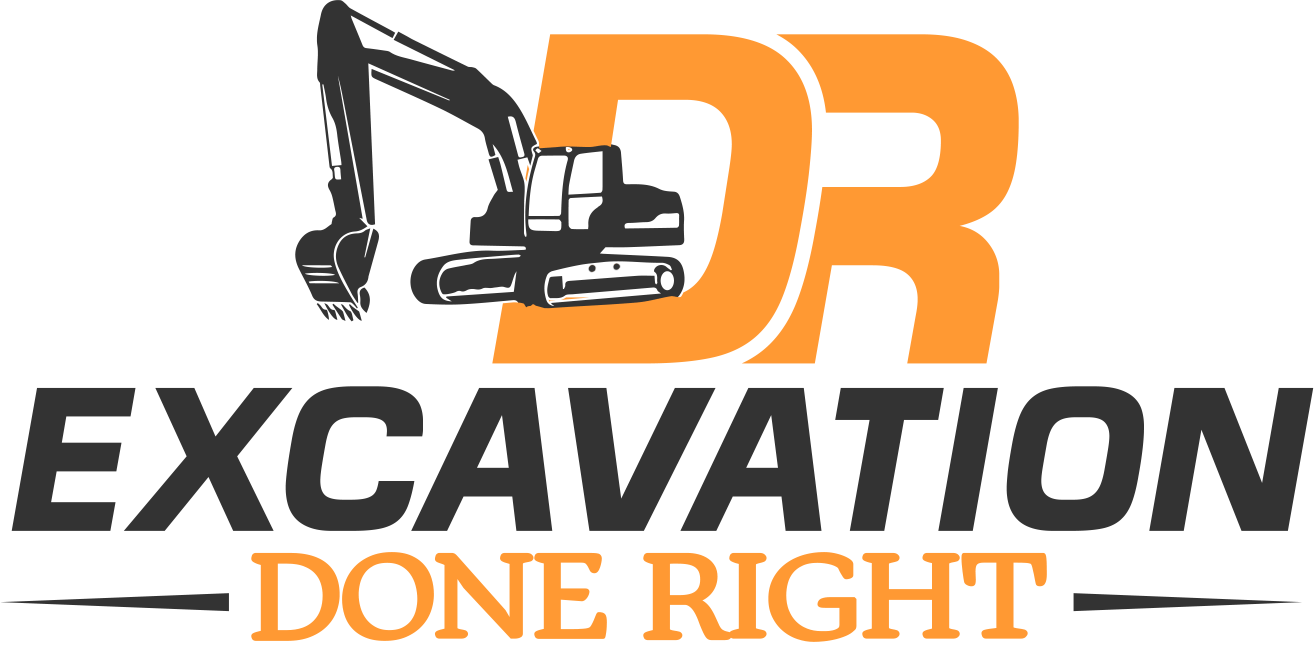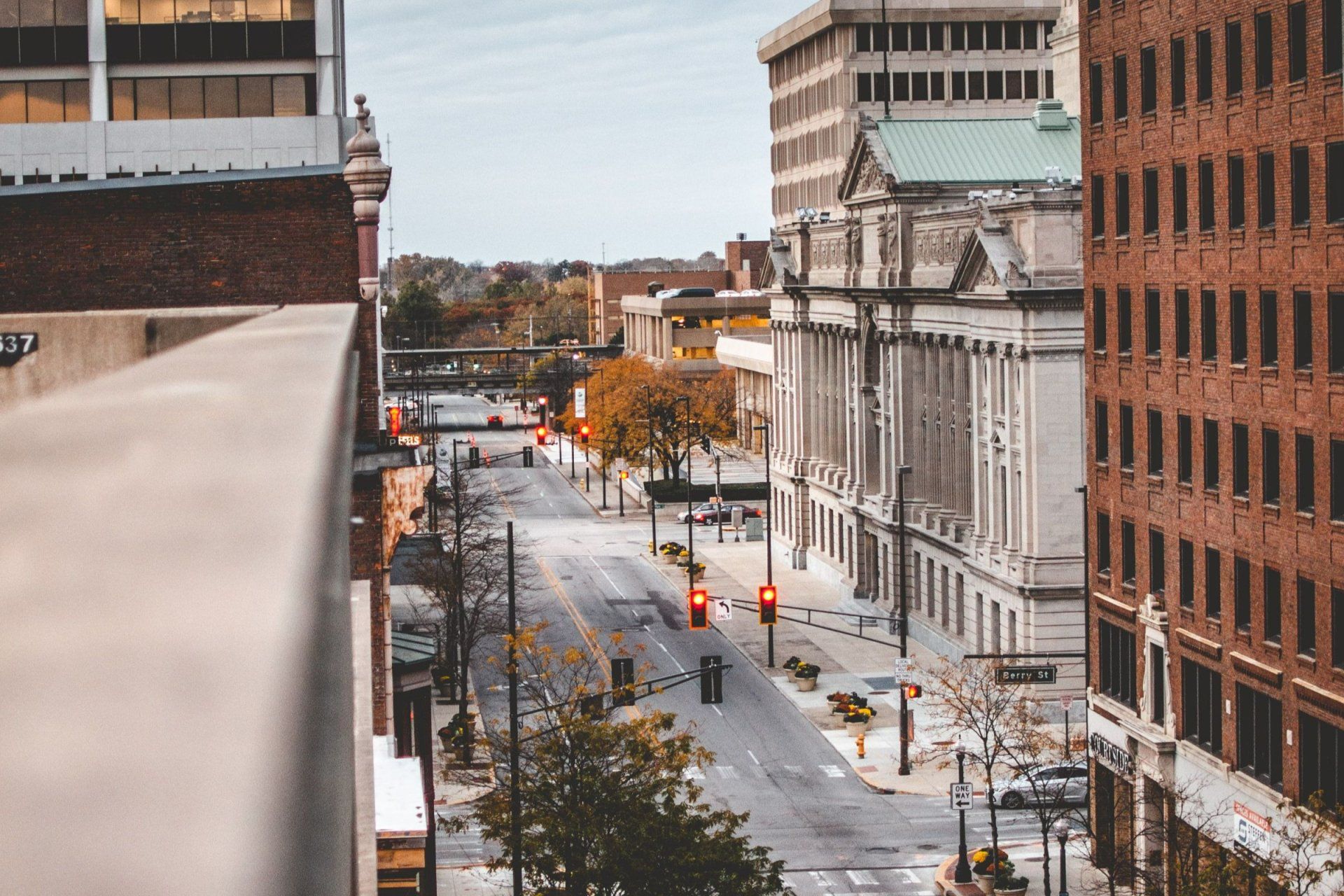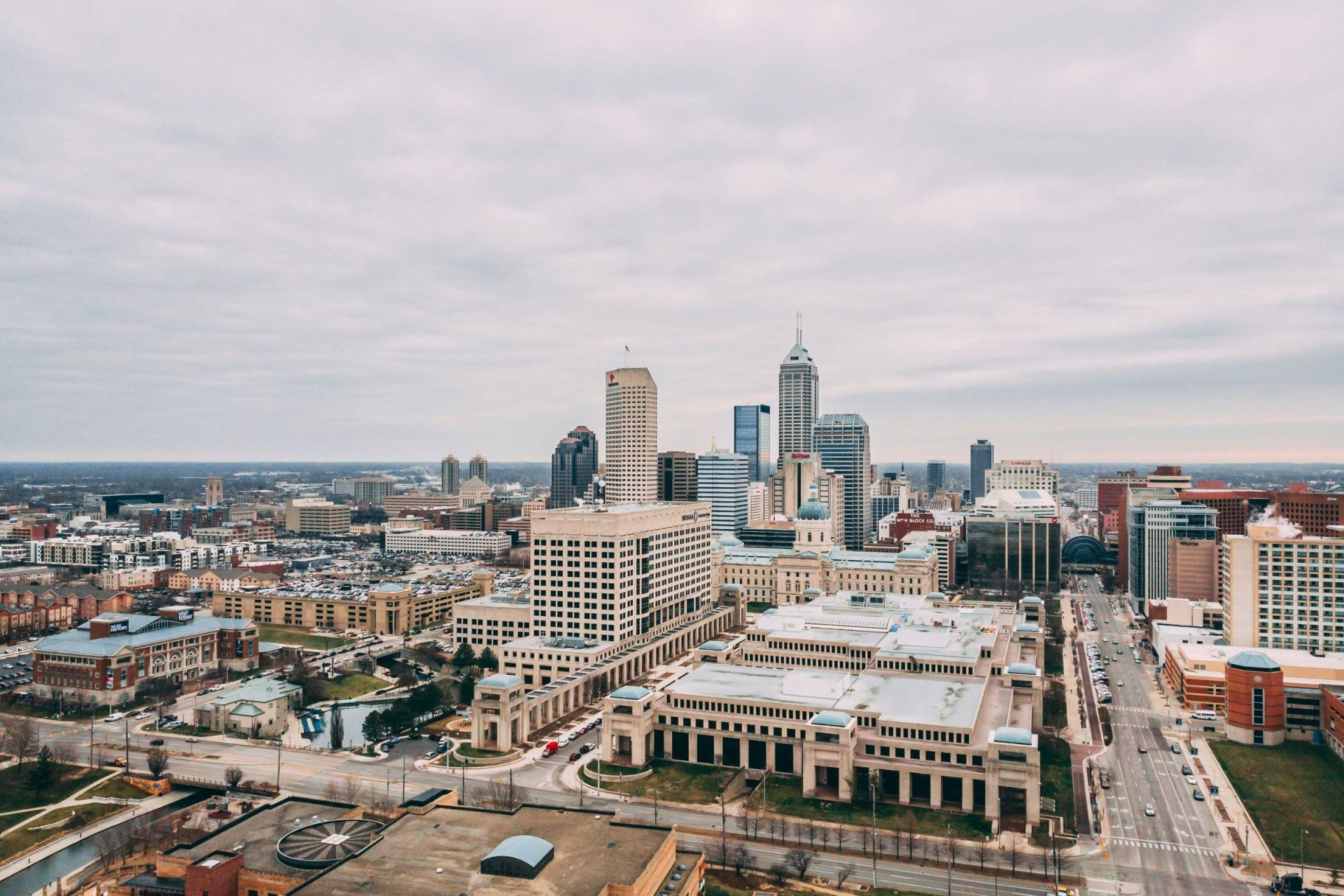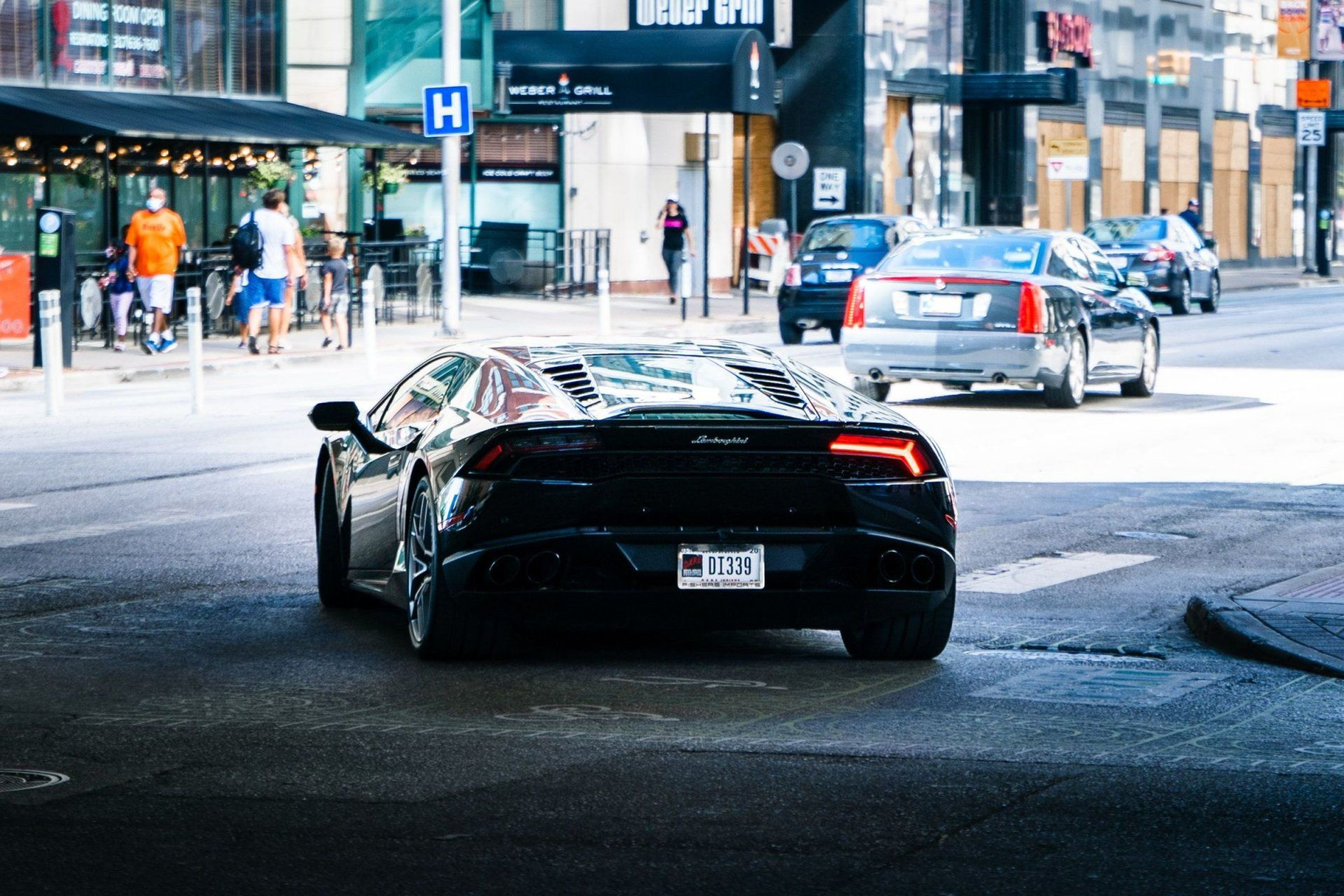Indianapolis History
Indianapolis History and Population Growth Over the Years
The city of Indianapolis has a long and rich history. Founded in 1821, it was originally known as the "Crossroads of America" due to its central location.
It rapidly became a major hub for trade and transportation, and by the mid-19th century, it was one of the largest cities in the Midwest.
The city's popularity as a convention destination began with the construction of the Soldiers' and Sailors' Monument in 1902.
The monument, which commemorates the city's role in the Civil War, is still a popular tourist attraction today.
In recent years, Indianapolis has emerged as a major center for sports and culture. It is home to several professional sports teams, as well as numerous museums and theaters. With its vibrant history and thriving presence, Indianapolis is truly a city worth exploring.
What Are the Three Biggest Cities in Indiana?
The three biggest cities in Indiana are Indianapolis, Fort Wayne, and Evansville. Indianapolis, the state capital, is the largest city in Indiana with a population of over 850,000.
Fort Wayne is the second-largest city with a population of just over 260,000. Evansville rounds out the top three with a population of just over 120,000. Each of these cities has its own unique culture and attractions. Indianapolis is home to the Indianapolis 500, the world's largest single-day sporting event.
Fort Wayne is known for its museums and history, while Evansville is a popular destination for arts and entertainment. No matter what your interests are, you're sure to find something to love in one of Indiana's big cities.
Where Does Indianapolis Rank in Cost of Living?
Compared to other cities, Indianapolis is a relatively affordable place to live. The cost of living index is lower than the national average, and housing costs are also below average.
However, there are some areas where the cost of living is higher than average, such as transportation and healthcare. Overall, Indianapolis ranks in the middle of the pack when it comes to the cost of living, making it a reasonably affordable place to call home.
According to the Council for Community and Economic Research, Indianapolis ranks as the 25th most expensive city in the country. The council's study takes into account factors such as housing costs, transportation costs, food costs, and utility costs.
In terms of specific expenses, Indianapolis ranks as the 12th most expensive city for housing and the 24th most expensive city for transportation. Overall, Indianapolis is a relatively affordable place to live, especially when compared to other major cities in the United States.
Indianapolis Economy
The Indianapolis economy is having an impact on population growth in the city. In recent years, the city has experienced a boom in job growth, which has led to an influx of new residents.
However, this population growth has not been evenly distributed across the city. Many of the new jobs have been concentrated in downtown Indianapolis, while other parts of the city have seen little or no economic activity.
With the city's growing population, and with that comes new opportunities for businesses to thrive. In addition, Indianapolis is home to a number of major corporations that have continued to grow. The cost of living in Indianapolis is very affordable, and the city offers a high quality of life. So while things aren't perfect, there are still many positive things to say about the economy in Indianapolis.
Indianapolis Diversity
Indianapolis is a city that is rich in diversity. This can be seen in its population, which is made up of people from all walks of life.
The city is also home to a variety of businesses and organizations that cater to the needs of its diverse population.
Additionally, the city government has taken steps to ensure that all residents have an equal opportunity to participate in the life of the community.
As a result, Indianapolis is a place where people of all backgrounds can come together and prosper.
Indianapolis Demographics
As of 2018, the population of Indianapolis is 872,680. The city is 53.7% White (non-Hispanic), 39% Black or African American, 3.4% Hispanic or Latino, 1.9% Asian, and 0.6% Native American.
The median age in Indianapolis is 35.2 years old. Indianapolis is a very diverse city, with people from all walks of life calling it home. The city has a very strong economy, with a GDP of $343 billion in 2017. The largest industries in Indianapolis are manufacturing, healthcare, and logistics.
The city is also home to many Fortune 500 companies, such as Eli Lilly and Company, Anthem Inc., and Simon Property Group. Indianapolis is a great place to live, work, and raise a family. It is a vibrant city with something to offer everyone.
What is Indianapolis Known for?
Indianapolis is known for many things, but perhaps its most iconic feature is the Indianapolis Motor Speedway. The speedway hosts the world-famous Indianapolis 500, one of the most prestigious races in motorsports.
Every year, hundreds of thousands of people flock to Indianapolis to watch the race and participate in the festivities. In addition to the speedway, Indianapolis is also home to a number of professional sports teams, including the Indiana Pacers of the NBA and the Indianapolis Colts of the NFL.
The city also has a thriving arts and culture scene, with a number of museums and performing arts venues. Whether you're interested in motorsports, sports, or the arts, there's something for everyone in Indianapolis including the Children's Museum of Indianapolis, the Indianapolis Museum of Art, and the Indiana State Museum.
Indianapolis is also home to a variety of professional sports teams, including the Indianapolis Colts (NFL), the Indiana Pacers (NBA), and the Indy Eleven (USL). In recent years, Indianapolis has become a popular destination for craft beer lovers, with several local breweries attracting attention from across the country.
Whether you're looking for history, culture, or just a good time, Indianapolis has something to offer everyone.
Indianapolis Population Growth Data
The city of Indianapolis is the capital of Indiana and the most populous city in the state, with a population of more than 860,000. The city is also the cultural and economic center of Indiana, home to a number of major corporations, museums, and educational institutions. In recent years, Indianapolis has seen significant population growth, due in part to an influx of new residents from other parts of the country.
This population growth has led to an increase in demand for housing, jobs, and services. As a result, Indianapolis has been experiencing an urban renaissance, with new construction projects popping up all over the city.
The future looks bright for Indianapolis, as it continues to attract new residents and businesses. Indianapolis is the capital and most populous city of Indiana, with a population of 872,680.
The Indianapolis metropolitan area is the 34th most populous metropolitan statistical area in the U.S., with 2,048,703 residents. Indianapolis is the third most populous state capital after Phoenix, Arizona, and Austin, Texas.
It is also the fastest-growing city in the Midwest. The population of Indianapolis has grown by 10.0% since 2010. The urban core population has grown by 12.0% since 2010, while the suburban population has grown by 9.2%.
The population density of Indianapolis is 2,641 people per square mile. The median age in Indianapolis is 33 years. The gender ratio is even, with 50.2% female and 49.8% male.



